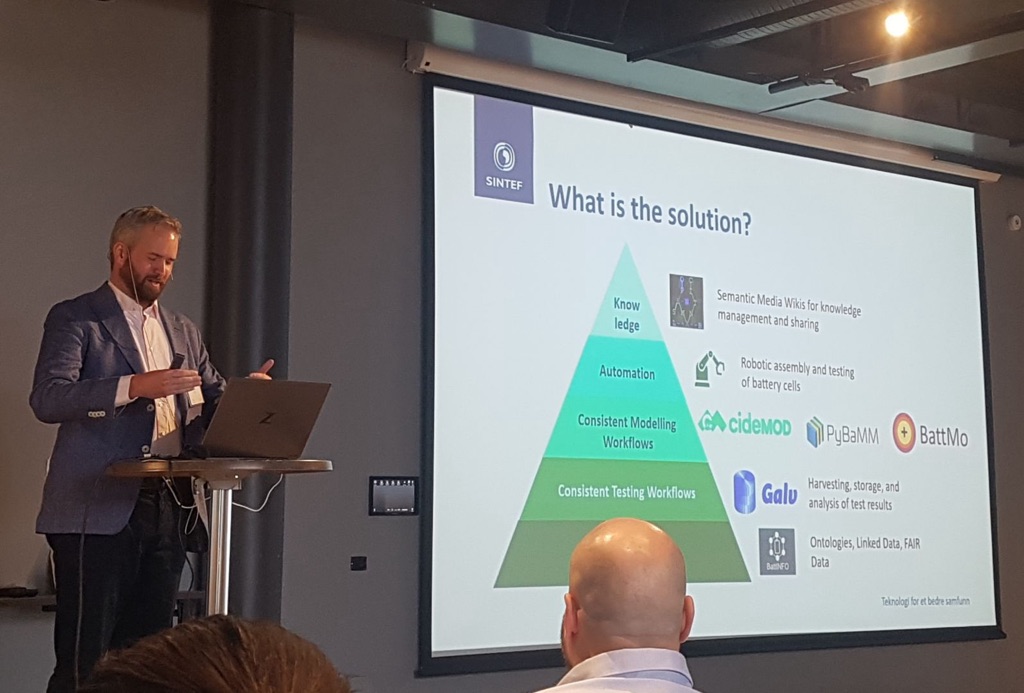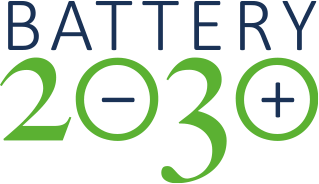It is nice to see that the methodologies and apps developed mainly by BIG-MAP now are being pick-ed up by the Battery 2030+ projects. More and more upload their data, which facilitates the exchange between the projects and thus gives the prerequisites for accelerated battery research.
“Everything we do generates data.” This was Simon Clark’s opening statement at the standards and best practises workshop in Oslo arranged by Sintef. Data comes from different places, in different formats, from different sources, from humans and machines, and trying to connect them is often very time consuming. How do we make the data interoperable and ensure the data has value after the research is being done?

Recycling and second-life applications are other areas where a battery’s history and material information are important. Direct recycling, the holy grail for recycling, will be difficult otherwise. Advanced recycling methods will increasingly depend on sensor data generated in large amounts and consequently in need for efficient and consistent data handling.
Eibar Flores, also from Sintef, believes that mainly we are dealing with a communication issue. He clarified how you can streamline over different disciplines, and make software, robotics, engineers and scientists talk to each other. It is a tricky business; format of data for exchange, metadata, methodology, postprocessing, reproducibility – all have to be taking care of. We need standard streamlines to link data and unique identifiers and build user interfaces that make annotations easy, he continued. To make manufactures and of tools and equipment to adopt to a linked and open source data scheme can be difficult though, since proprietary software is part of their business.
Brady Planden from University of Oxford presented Galv, a platform for battery data curation and storage, particularly battery cycler data. Elixabete Ayerbe, Cidetec, talked about different model-based approaches toward standardized practises. To solve an optimization problem requires parameter identification. We need a good initial guess she said – is the used literature trustable, are the experiments properly set up?
Nukorn Plainpan, EMPA, gave an overview of Aurora, EMPA´s 32-coin cell assembly robot working with the software Aiida and Tomato, both open-source tools, to manage and monitor battery materials and cycling.
An interactive semantic Battery Knowledge Base has been developed under the lead of KIT. Philipp Veit, KIT, and Lukas Gold, Fraunhofer ISC, presented the overall network with over 150 KPIs and process parameters, and how dependencies in all process chain like drying, calendering etc are handled. The Battery Knowledge Base also contains more information about the event itself, together with photos and the presenters’ slides at this link.
At the end the participants had the chance to give feedback on the workshop via Menti. One person underlined the importance of involving the PhDs, another one wrote “I finally understand ontology” – the idea of the workshop expressed as good as it could get.
